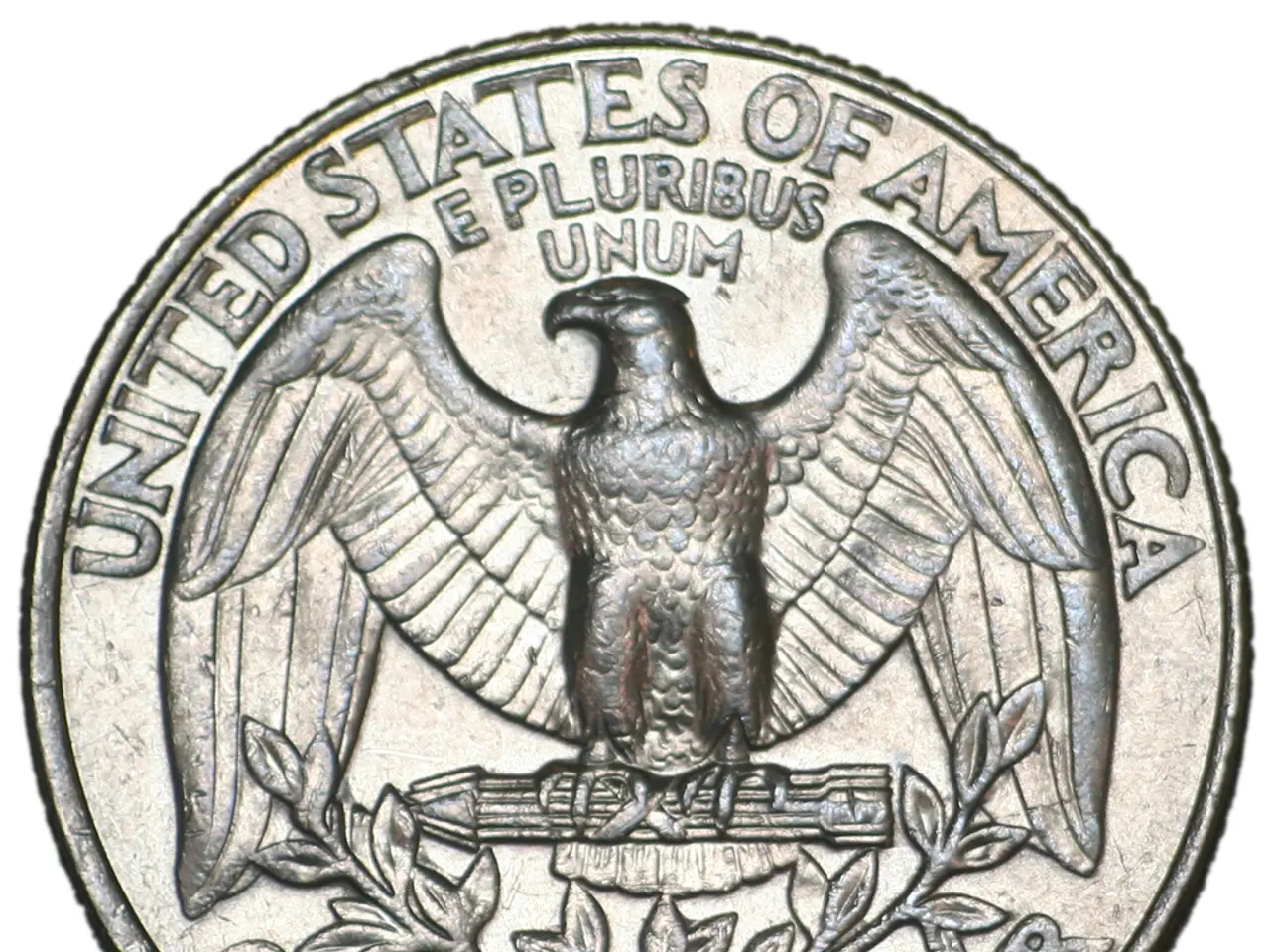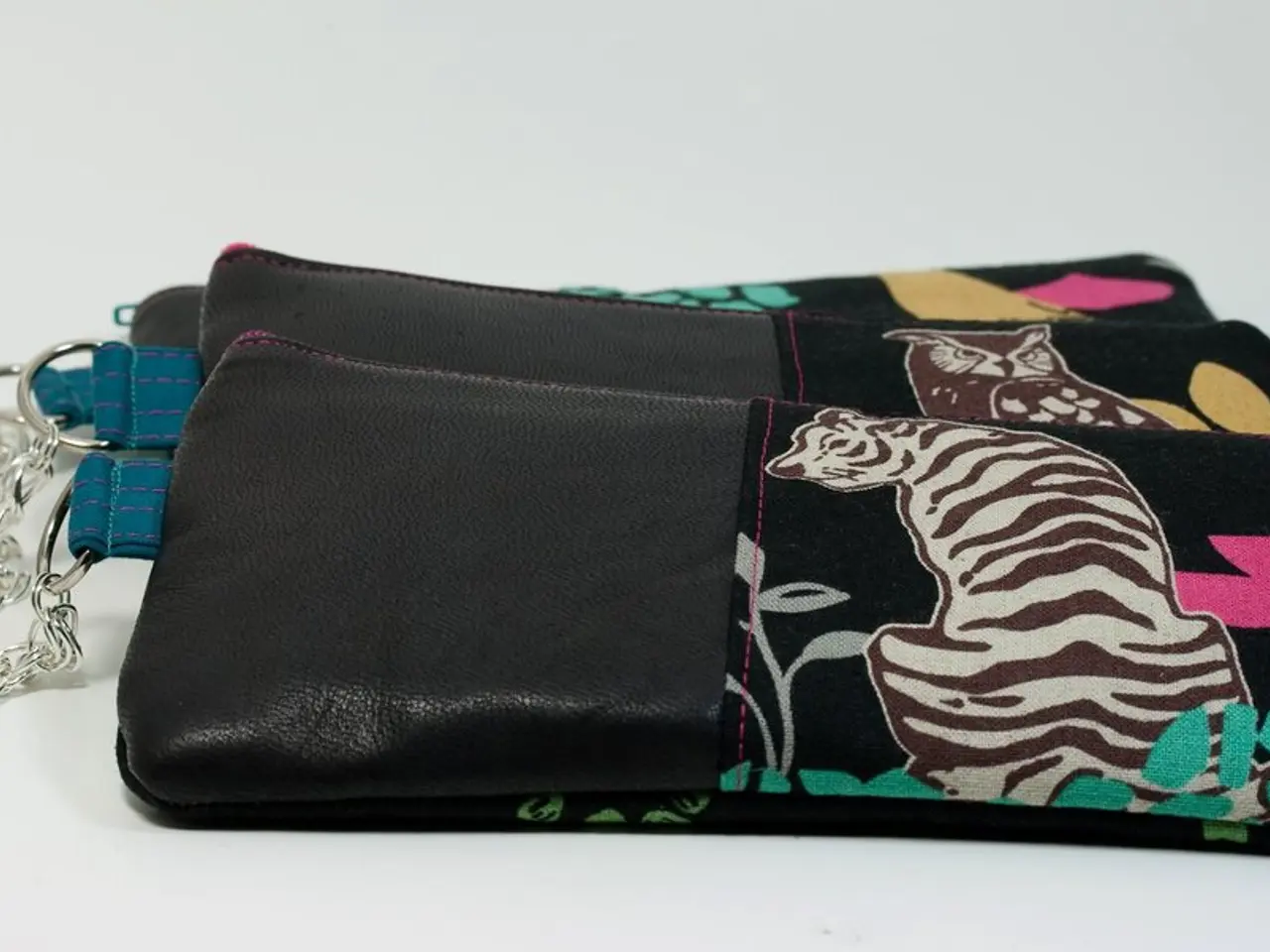Visa Propels Web3 Strategy Through Launch of Premium Platform for Trialing Tokenized Assets
Visa's Tokenized Asset Platform Expands, Revolutionising Financial Markets
In a significant leap forward for the financial industry, Visa's Tokenized Asset Platform (VTAP) is now active and expanding, offering banks the opportunity to issue, manage, and utilise tokenised assets on multiple blockchain networks. Launched in 2024, VTAP supports stablecoins and fiat-backed tokens on platforms such as Ethereum, Stellar, Avalanche, and Solana.
Notable developments in VTAP include the support for four stablecoins across four blockchains, including Ethereum, Solana, Stellar, and Avalanche. Stablecoins like PayPal USD, Global Dollar (through a partnership with Paxos), and Circle's euro token, EURC, are also included. VTAP has processed $225 million in stablecoin volume, primarily on USDC, with plans to enable 24/7/365 settlement and broader blockchain support.
VTAP's expansion efforts are particularly focused on emerging markets, aiming to improve financial inclusion by enabling cross-border payments. Institutions like Spain’s BBVA are conducting live pilots to issue stablecoins on Ethereum using VTAP, and partnerships with Yellow Card are being forged for treasury and liquidity operations in Africa.
Visa's platform is unique in its integration of blockchain tokenization with established payment rails, aiming to bring more forms of cash onto blockchains to trade them. This hybrid model facilitates mainstream adoption of tokenized assets by leveraging Visa's extensive payment network and bank partnerships.
Competitors in the field, such as Mastercard, are also intensifying their tokenization initiatives. Mastercard plans to fully eliminate manual card number entry in Europe by 2030 and is developing AI-driven payment agent technologies akin to Visa’s Intelligent Commerce. Decentralized finance (DeFi) platforms remain a long-term competitor, offering more decentralized alternatives but facing regulatory and mainstream adoption challenges.
Asset managers like BlackRock have also entered the scene with their Ethereum-based tokenised fund BUIDL. Central banks are leading the way in the tokenisation of real-world assets with their CBDCs (Central Bank Digital Currencies). Real estate and debt securities are products driving the adoption of tokenised real-world assets.
In summary, Visa's VTAP is a significant step forward in the tokenization of assets, offering a hybrid model that balances the centralized trust and regulatory clarity of traditional finance with blockchain innovation. Competitors are pursuing various blockchain and AI-enabled innovations, and the tokenisation of real-world assets has become a burgeoning segment of the crypto industry.
| Aspect | Visa Tokenized Asset Platform (VTAP) | Competitors & Market Context | |------------------------------|------------------------------------------------------------------------|------------------------------------------------------------------| | Launch & Support | Launched 2024; supports Ethereum, Stellar, Avalanche, Solana | Mastercard expanding tokenization and AI payment agents | | Financial Institution Use | BBVA (Spain), Yellow Card (Africa), Paxos, Circle partnerships | Banks exploring blockchain token issuance; DeFi platforms as disruptors | | Market Focus | Emerging markets, cross-border stablecoin payments, financial inclusion | Broad payment innovation with tokenization; decentralization trends | | Regulatory Engagement | Active interaction with US and EU frameworks (GENIUS Act, MiCA) | Responding to evolving regulations; balancing compliance with innovation | | Recent Volume & Impact | $225M stablecoin volume processed; expanding to 24/7 settlements | Stablecoin markets expected to grow to $2 trillion; billions in daily on-chain transaction volume |
The daily proceedings in the finance and technology sectors showcased Visa's Tokenized Asset Platform (VTAP) making headlines as it expanded its support, now enabling banks to issue, manage, and utilize tokenized assets across multiple blockchain networks like Ethereum, Stellar, Avalanche, and Solana. Competitors such as Mastercard are simultaneously intensifying their tokenization initiatives, aiming to eliminate manual card number entry in Europe by 2030 and developing AI-driven payment agent technologies.




